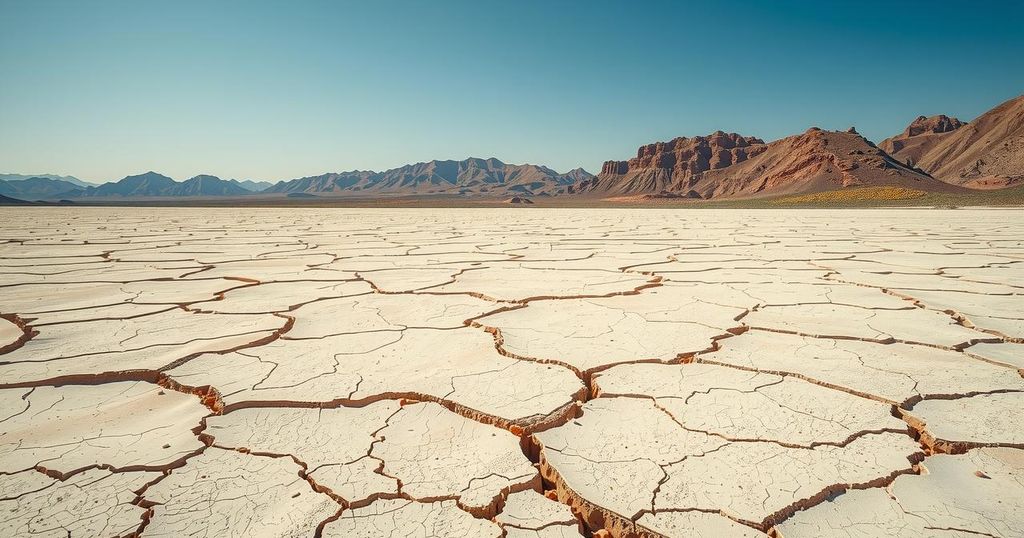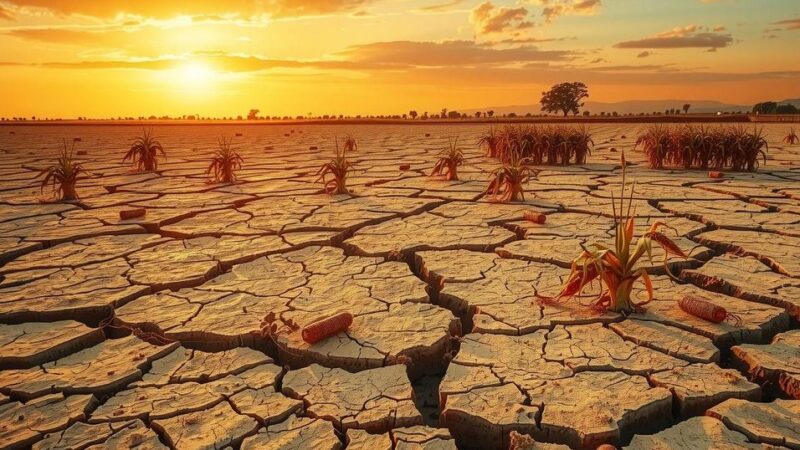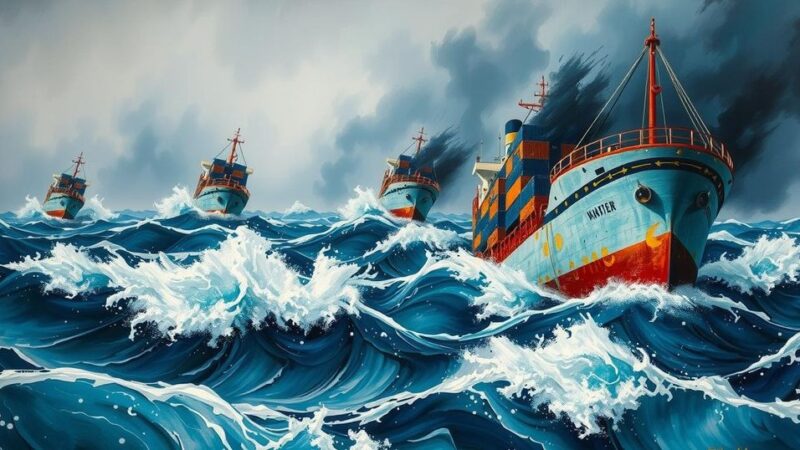- San Francisco de Conchos residents pray for rain amid drought.
- The water-sharing agreement between the US and Mexico is under strain.
- Mexico has struggled to meet its water obligations since the 21st century.
- Trump threatened sanctions over Mexico’s water obligations under treaty.
- Farmers in Chihuahua debate over agricultural water use efficiency.
Water Shortage Leads to Heightened Tensions Between Neighbors
The ongoing water shortage dispute between the United States and Mexico has intensified, marking a troubling turn for both nations amid a prolonged drought. Residents of San Francisco de Conchos, a town in the northern Mexican state of Chihuahua, are facing the dire consequences of a 30-month stretch without significant rainfall. Gathered on the now dry shoreline of Lake Toronto, they’re turning to prayer, hoping for relief from the harsh realities of record-high temperatures and critically low water levels. Rafael Betance, a local who has monitored the La Boquilla dam for over 35 years, reflects on the drastic changes, explaining, “This should all be underwater,” as he points to the exposed, cracked earth where water once flowed. Observing further, he notes that at present, the lake’s water level stands 26.52 meters below normal—this comes out to under 14% of the dam’s total capacity.
Treaty Obligations Under Fire Amid Drought Pressure
The complex situation stems largely from a 1944 treaty that stipulates Mexico must supply 430 million cubic meters of water annually from the Rio Grande to the US. In return, the US is supposed to provide a vastly larger allocation from the Colorado River to supply Mexican cities such as Tijuana and Mexicali. However, recent years have seen Mexico fall behind in its obligations, drawing the ire of Texas lawmakers and prompting the Trump administration’s threats of potential consequences if the water issue isn’t resolved. In a notable incident, President Trump publicly accused Mexico of “stealing” water and hinted at possible tariffs unless agreements are honored. After initial pressure, Mexico recently sent 75 million cubic meters of water via the Amistad dam, but that remains a small fraction of the overall debt owed. The growing frustration from those in Texas underscores a belief that the treaty is being grossly violated, fueled by local farmer Brian Jones, who claims his operations are severely hampered due to lack of irrigation water because of these issues.
Agricultural Methods Spark Controversies Across Borders
While both sides grapple with the adverse effects of water scarcity, agricultural practices are also being scrutinized. In Chihuahua’s Rio Conchos Valley, the predominant crops such as walnuts and alfalfa demand significant amounts of water, and traditional irrigation methods have resulted in controversies over water use efficiency. Jaime Ramirez, a former mayor in the region, showcases his modern irrigation system which has proven to be more sustainable, reducing water usage by around 60%. This method contrasts sharply with the long-standing practice of flooding fields, prompting accusations of wastefulness from Texan farmers. Amidst this predicament, Ramirez stresses the dire situation of local farmers: “If rain doesn’t come soon, agriculture may vanish entirely,” he warns, citing the need to conserve water for human consumption. This comment reflects the grim realities faced in both Mexico and Texas, as farmers navigate between fulfilling treaty obligations and adapting to increasingly scarce resources.
In summary, the turbulent water shortage dispute between the US and Mexico highlights deeply rooted political and environmental challenges exacerbated by climate change. With the 1944 treaty increasingly viewed as outdated, both sides are struggling to reconcile agricultural needs with the pressing demand for water. As drought conditions persist, the rising tensions may become more pronounced, emphasizing the urgent need for more effective water management strategies going forward.






